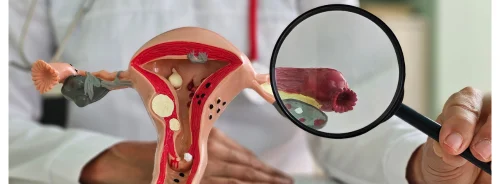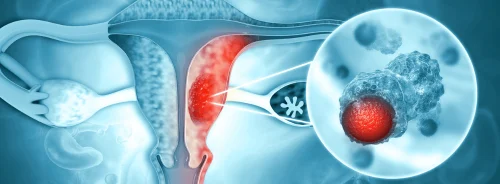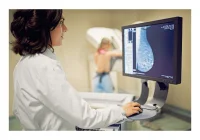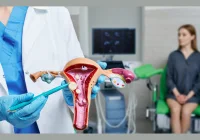Breast pain, known clinically as mastalgia or mastodynia, poses a complex diagnostic challenge for healthcare providers, particularly radiologists, who play a crucial role in diagnostic imaging. With more than half of women experiencing breast pain during their lifetime, understanding its varied etiologies, appropriate evaluation methods, and imaging protocols is essential. A recent educational review article published in the Journal of Breast Imaging aims to provide radiologists with an in-depth exploration of breast pain assessment and imaging guidelines, equipping them with the knowledge needed for effective patient management.
Clinical Assessment is Key to Effective Diagnosis and Imaging Selection
The cornerstone of evaluating breast pain lies in a meticulous history-taking and physical examination. Various factors, including the nature of pain (cyclical or noncyclical), its intensity, temporal relation to menstruation, and associated symptoms such as palpable masses or nipple discharge, guide the diagnostic process. Additionally, a thorough review of medication history, familial predisposition to breast cancer, and recent traumatic events helps establish a comprehensive understanding of the patient's condition. Segmenting breast pain into focal or diffuse, cyclical or noncyclical, and assessing for associated symptoms aids in determining the need for further imaging evaluation. While isolated breast pain often stems from benign causes, the presence of focal or noncyclical pain warrants imaging to exclude underlying pathology. Following the American College of Radiology Appropriateness Criteria ensures the selection of the most suitable imaging modality based on patient demographics, clinical presentation, and risk factors.
Optimising Imaging Modalities and Management Strategies
Mammography and ultrasound (US) serve as the cornerstone imaging modalities for evaluating breast pain. Mammography excels in detecting calcifications and architectural distortions, particularly in older patients, whereas US offers superior soft tissue characterization, making it invaluable in younger patients with dense breast tissue. The complementary use of both modalities enhances diagnostic accuracy, facilitating the identification of benign and malignant lesions. Radiologists must recognise that isolated breast pain is predominantly benign, with malignancy being a rare cause. Patients presenting with nonfocal pain and a normal physical examination can be managed conservatively, focusing on reassurance and symptom control. Routine screening mammography should be dictated by age and breast cancer risk status rather than solely in response to breast pain. For patients with clinically significant focal or noncyclical breast pain, adherence to evidence-based imaging guidelines is paramount. While diagnostic imaging may yield negative results or reveal benign findings, it serves as a crucial tool in alleviating patient anxiety and guiding appropriate management strategies.
Integrating Non-Pharmacological and Pharmacological Interventions with Patient Education and Clinical Follow-Up
In addition to imaging, effective management of breast pain involves a multidisciplinary approach. Non-pharmacological interventions such as wearing a well-fitted bra, dietary modifications, and lifestyle changes may provide relief for some patients. Pharmacological options, including nonsteroidal anti-inflammatory drugs (NSAIDs), hormonal therapies, and topical treatments, can also be effective in managing breast pain, particularly in cases of cyclical mastalgia. Patient education regarding breast health and self-care measures empowers individuals to actively participate in managing their symptoms. Regular clinical follow-up is essential for patients with breast pain, particularly if imaging studies reveal benign findings or if symptoms persist despite conservative management. Close monitoring allows for timely detection of any changes in symptoms or development of new concerning features, warranting further investigation or intervention. Moreover, ongoing patient education and support are crucial in promoting adherence to management strategies and alleviating patient anxiety.
Breast pain presents a common yet complex clinical scenario that requires a multifaceted approach to evaluation and management. By understanding the nuances of breast pain assessment and imaging, radiologists can provide comprehensive care tailored to individual patient needs. Collaboration with multidisciplinary teams enhances patient care, ultimately contributing to improved outcomes and enhanced breast health management. Through meticulous clinical assessment, evidence-based imaging protocols, and a holistic approach to patient management, radiologists play a pivotal role in ensuring accurate diagnosis and effective management of patients presenting with breast pain. In summary, by recognising the importance of thorough assessment, appropriate imaging utilisation, and comprehensive patient management, radiologists can navigate the complexities of breast pain with confidence, ultimately improving patient outcomes and enhancing breast health care.
Source: Journal of Breast Imaging
Image Credit: iStock










